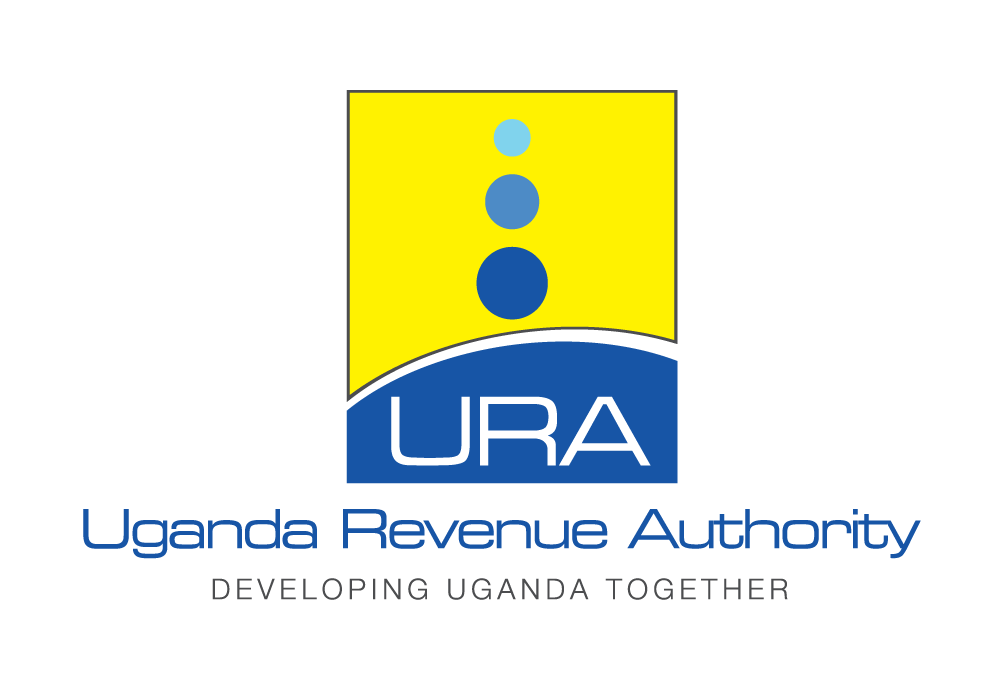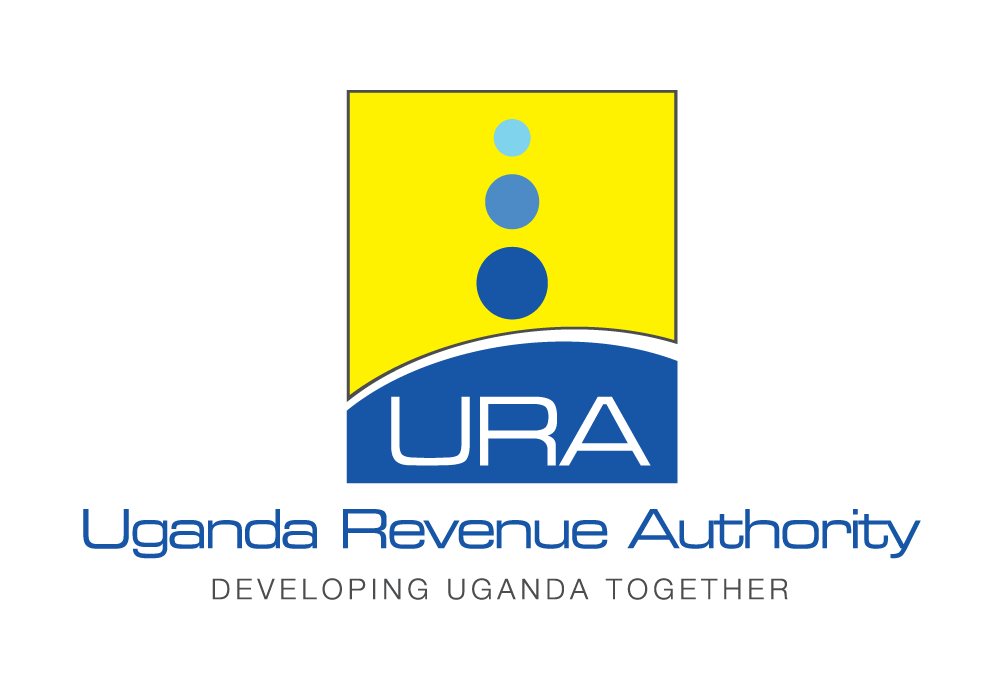- Home
- EFRIS Brochure
EFRIS Brochure
What is EFRIS
EFRIS in full is Electronic Fiscal Receipting and Invoicing Solution. EFRIS is an initiative under the Domestic Revenue Mobilization Program whose aim is to address the tax administration challenges relating to business transactions and issuance of receipts.
It is a new smart business solution used to record business transactions and share the information with URA in real time (concurrently). It involves the use of e-Invoicing through the URA web portal and direct communication with business transaction systems (system to system connection), electronic Fiscal Devices (EFDs) and Electronic Dispenser Controllers (EDCs) to manage the issuance of e-receipts and e-invoices.
Once a transaction is initiated using any of the EFRIS’ components, transaction details are automatically transmitted to URA in real time (concurrently) to generate e-receipts and e-invoices.
- Refund claims using e-receipts or e-invoices shall be fast-tracked given that the
information shall be available in the system
- This is a step in enabling URA avail taxpayers with pre-filled tax returns in future to minimize delays and costs involved in filing tax returns. This is because URA provides a report of taxpayer’s transactional data on sales and purchases through the tax period which the taxpayer either confirms or modifies to include additional information.
- Prefilled tax returns help taxpayers avoid penalties for late or non-filing.
- Taxpayers will be in position to track and validate business transactions in real time for efficient business management.
- The solution eliminates the risk of physical loss of tax invoices as transactional data or copies are digitally stored in the system
- Fair assessments of taxpayers’ tax positions reduce unfair competition in business.
- Refund claims using e-receipts or e-invoices shall be fast-tracked given that all the required information shall be available in the system
The Commissioner gazette taxpayers for whom it shall be mandatory to use EFRIS. For now, it is mandatory for all VAT registered tax payers to enrol on the system. However, those outside this category are advised to implement EFRIS to take advantage of various benefits.
Step 1: The taxpayer accesses the EFRIS link on the web portal https://www.ura.go.ug and then logs in using their portal credentials. A one-time password (OTP) is then sent to their email or phone number as selected which the taxpayer inputs and gets access to the EFRIS homepage.
Step 2: The taxpayer then selects “First time registration” followed by specification of whether to use e-invoicing and or EFDs, additional places of business (if any) after which the application is submitted to URA for approval.
Step 3: Upon submission of application, the taxpayer refreshes the page by clicking on the URA logo or home icon. When registration is successful, the EFRIS menu will be displayed.
NB: In addition to completing the system to system connection, accessing the URA web portal or installing the Desktop client app on your device such as computer or smart phone, you must have power, a TIN, and Password to authenticate yourself, and be connected to the internet. For system to system connection clients set up an API connection with URA to secure the connection.
When a sale is made, transactional details are captured in the seller’s invoicing system (ERP) or point of sale, encrypted and transmitted to URA in real time to generate e-receipts and e-invoices.
Upon receipt of the transactional details, EFRIS decrypts the data and formats it into an e-receipt or e-invoice by attaching key features like the Fiscal Document Number (FDN) or receipt/invoice number, a verification code, a Quick Response (QR)code etc. EFRIS then encrypts the fiscal (Financial)data and transmits it back to the seller’s system. At this point, the e-receipt or e-invoice can be printed. The entire process is very quick and should not affect printing of the e-receipt and invoice for customers.
System to system connections
This works best for clients with sales systems (both existing and new). A system to system connection is the integration of a taxpayer’s invoicing system; Enterprise Resource Planning (ERP) with EFRIS to generate e-receipts and invoices via a Web
service API connection. The option supports the issuance of e-receipts and invoices in offline mode.
The URA web portal
Taxpayers may opt to use their accounts using the EFRIS link at the URA portal by logging in
with their TIN and Password to issue e-receipts and e-invoices. The one-time password shall
be available for 24 hours and taxpayers are required to keep it securely.
Desktop (Client Application)This is a software downloaded from the URA web portal under e-invoicing downloads menu. It is installed on a taxpayer’s devices such as laptops and desktop computers for use to generate e-receipts and invoices. With this option, the client is only required to create a user ID and password. There is no need for the 24hour OTP. This means that URA relies on the client’s self-created digita keys (public and private keys) as unique identifiers of client’s transactions.
USSD Quick codes
USSD in full is Unstructured Supplementary Service Data and is sometimes referred to as Quick codes that supports real time (concurrent) connection between a mobile network operator and a user’s mobile phone. Taxpayers will be given a code for use to generate e-receipts and invoices using their mobile phones.
Electronic Fiscal Device (EFD)
An EFD is a device with full proof or inaccessible fiscal memory certified by a tax authority used to efficiently manage and control sales. It comprises a Point of Sale system (POS) and a virtual Sales Data Controller (SDC) connected to produce e-receipts and e-invoices. It includes a secure element that transmits the fiscal (financial) data to the EFRIS system.
In addition, the option supports the issuance of e-receipts and invoices in offline mode. The device allows easier searching of fiscal data inside it in a read only mode, store e-receipts and e-invoices information and generate summary reports of daily, weekly, monthly and annual transactions of a business entity.
This is specifically designed to manage fuel and gas stations. It has a compressor gun whose movement is monitored and its fuel pump capacity calculated. When a Sale is made from the pump, information is then transferred to the connected EFDs, to generate e-receipts in real time. Tax shall be calculated based on sales of gas or fuel which in turn is calculated by
monitoring the status of the dispenser.
NB: Taxpayers who cannot afford to purchase an EFD or ERP are advised to use either the URA web portal or the Desktop Application.
Costs involved
The taxpayer will pay for the cost of system to system connection (interfacing), the device, installation, and maintenance and repair services.
|
System |
Costs involved |
|
System to system |
Power, computer, active e-tax portal account, internet connectivity, VPN connectivity, offline mode support, software development to integrate the taxpayer system with URA, E-Receipt/invoice validation |
|
EFD |
Power, computer, active tax portal account, internet connectivity, offline mode, cost of purchasing an EFD machine, support and E-Receipt/invoice validation |
|
Client App |
Power, computer, active tax portal account, internet connectivity, offline mode support and E-Receipt/invoice validation |
|
USSD Quick code |
Power, E-Receipt/invoice validation |
|
Portal |
Power, computer, active tax portal account, internet connectivity, E-Receipt/ invoice validation |
Registration
All persons registered with URA have an EFRIS account and can access it with their registered TIN and password. An OTP (one-time password) is sent to the user’s active email address or telephone number. A taxpayer is expected to register to use the solution for their daily business operations.
Stocking Management
The stock management process starts with product/service configuration where the taxpayer selects all the products/services that they deal in from the EFRIS product list. This maps your products and services to a standardized product code.
Taxpayers who deal in services can go ahead and start issuing e-receipts and
e-invoices once stock configuration is completed. However, taxpayers who deal with products have to stock in quantities for their configured items before they are able to generate e-receipts and e-invoices. The taxpayer then to adjust their stock,
transfer their stock or inquire about the real time inventory.
NB: Where a client cannot find a required product code or package measure unit, the taxpayer shall communicate to URA. The EFRIS team shall examine the request
made by the taxpayer and update the product and package measure list.
Fiscal Document Management
Under this function, the taxpayer is able to:
- Issue e-receipts and e-invoices.
- Raise and Cancel credit notes. These cater to any adjustments on an issued invoice that decrease either the quantities or total amount.
- Raise and cancel Debit notes. These cater to any adjustments on an issued invoice that increase either the quantities or total amount.
Section 73B of the Tax Procedures Code Act 2014 spells out these penalties which include:
- A taxpayer specified in gazette, for whom it shall be mandatory to use EFRIS and does not adopt the use of EFRIS is liable to pay a penal tax equivalent to the tax due on the goods or services, or four hundred currency points, whichever is higher
- A taxpayer specified in the gazette, for whom it shall be mandatory to use EFRIS and does not issue an e-receipt or e-invoice or tampers with an EFD is liable to pay a penal tax equivalent to the tax due on the goods or services or three hundred currency points, whichever is higher
- A person who attempts to acquire or acquires an EFD that is not authenticated by URA commits an offence and is liable on conviction, to a term of imprisonment not exceeding three years or a fine not exceeding three hundred currency points, or both.
Note: One currency point is equivalent to twenty thousand (20,000) Uganda shillings.



